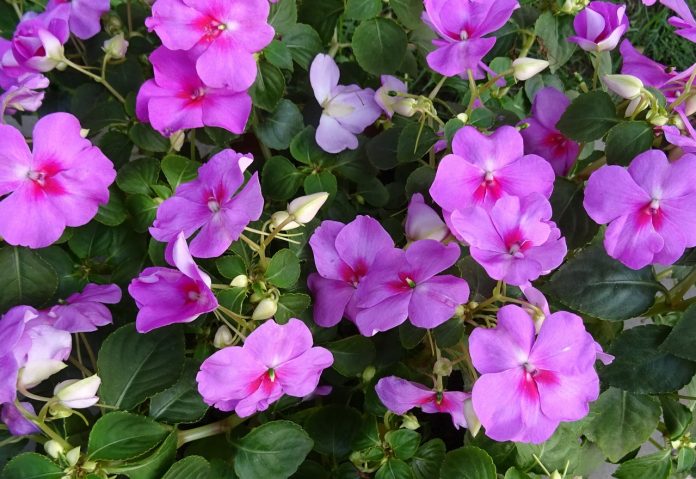Getting the most out of annuals year after year requires choosing the right plants, finding the right location and using the proper planting techniques.
Annuals are any plant that grows from seed to flow in one growing season and then dies. Typically, gardeners will purchase annuals in the spring with the expectation they will die in the fall. While they might not be as much work as perennials due to their brief lifespans, gardeners still want to enjoy their brilliant blooms without a ton of extra work. Accomplishing this can be simple, with a bit of preplanning.
Preparing planting sites for annuals
As it is with any plant, location is important to the success of annuals. By preparing an ideal site in advance, you’ll also reduce your workload over the course of the growing season.
Prepare your planting site in three steps:
- Make sure the soil is well drained — not too dry and not to soggy. Soil that is too dry tends to have a hard time absorbing and holding moisture so that plant roots can take it up. It also tends to get hard and compact, making it hard for plants to grow and collect nutrients. Soggy soil puts plant roots at risk for root rot, which can kill your annuals.
- Do a soil test to determine your fertilizer needs.
- Add organic material — compost, manure, peat moss — to your planting site.
Selecting healthy annuals
Selecting healthy plants from the greenhouse or garden center will get you off to a good start and help you avoid many headaches.
Here’s what to look for:
- Avoid plants with very wet or very dry soil in their pots.
- Avoid plants with wilted leaves.
- Avoid plants with yellow leaves.
- Avoid plants with insects. Be sure to check thoroughly by inspecting the tops and bottoms of the leaves from the top to the bottom of the plant.
Matching annuals with ideal planting sites
Planting annuals in their ideal conditions will help your reduce maintenance over the life of your plants. You can find each plant’s growing requirements on their identification tag or by asking garden center employees which annuals they recommend for the specific growing conditions of your individual planting sites.
Planting annuals
Detangling root balls. You may notice roots that are coming out of the holes in the bottom of your plants’ containers or roots that are growing in circles around the inside of the containers. If you plant them this way, the roots won’t grow out of these compacted clusters. When you notice the roots are compact, you’ll have to break up the root balls enough so that they can grow into the soil at your planting site.
Planting holes. Dig your planting holes to the same depth as the soil in the pots. cover the tops of the root balls, but not where the stems and leaves meet the soil surface.
Water. Water frequently after planting. You’ll also want to water your annuals throughout the summer, making sure to let the water soak into the soil.
Fertilizer. If you want large colorful flowers, you’ll want to fertilizer your annuals regularly with a balanced fertilizer (20-20-20) or organic amendments.












